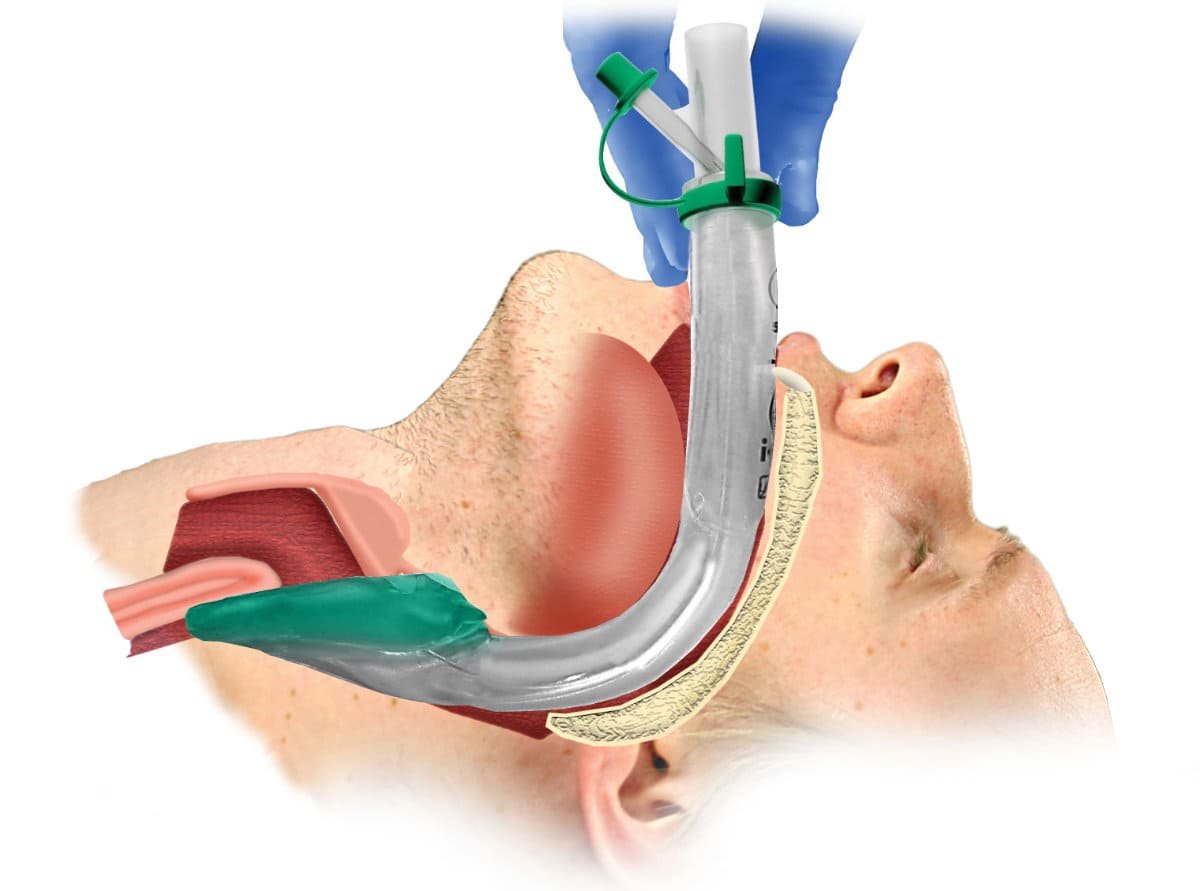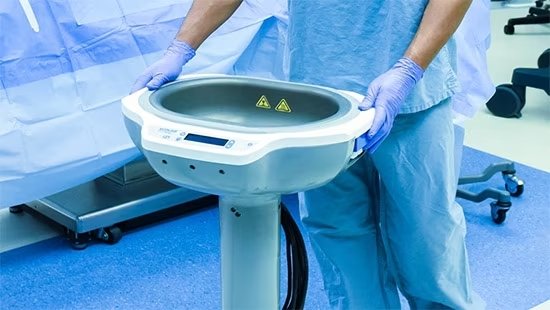Efficacy of Bisoprolol premedication in controlling bloodloss during functional endoscopic sinus surgery
BACKGROUNDFunctional endoscopic sinus surgery (FESS) is well accepted as surgical treatment of sinusitis and nasal polyps. The success of this procedure depends on the visual clarity of the highly vascular surgical field through the endoscope. Various drugs and anaesthetic techniques have been tried in an effort to provide the appropriate surgical conditions for FESS. The purpose … Read more









